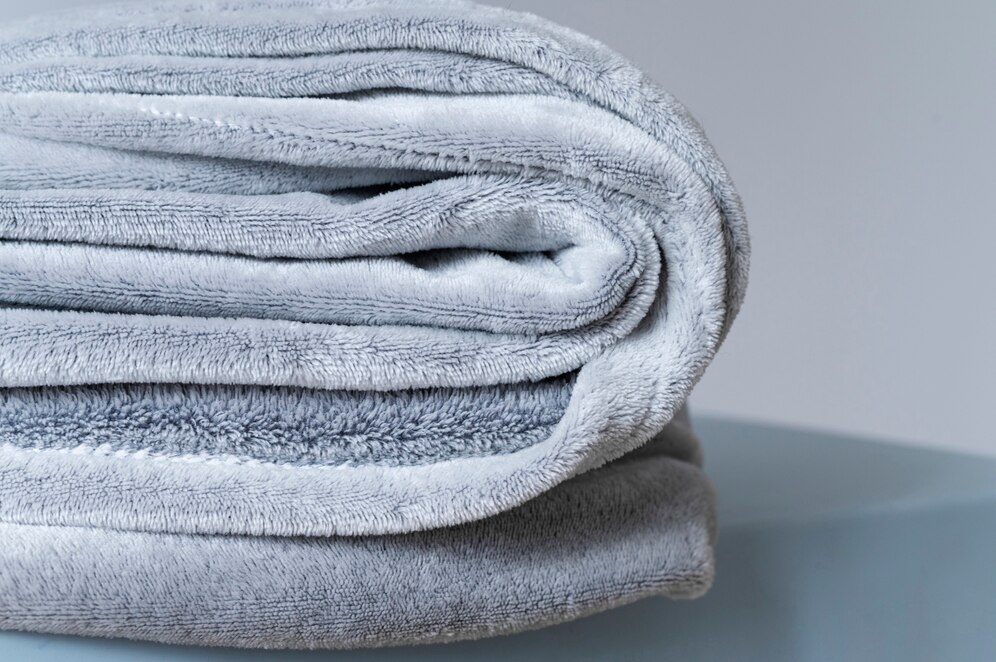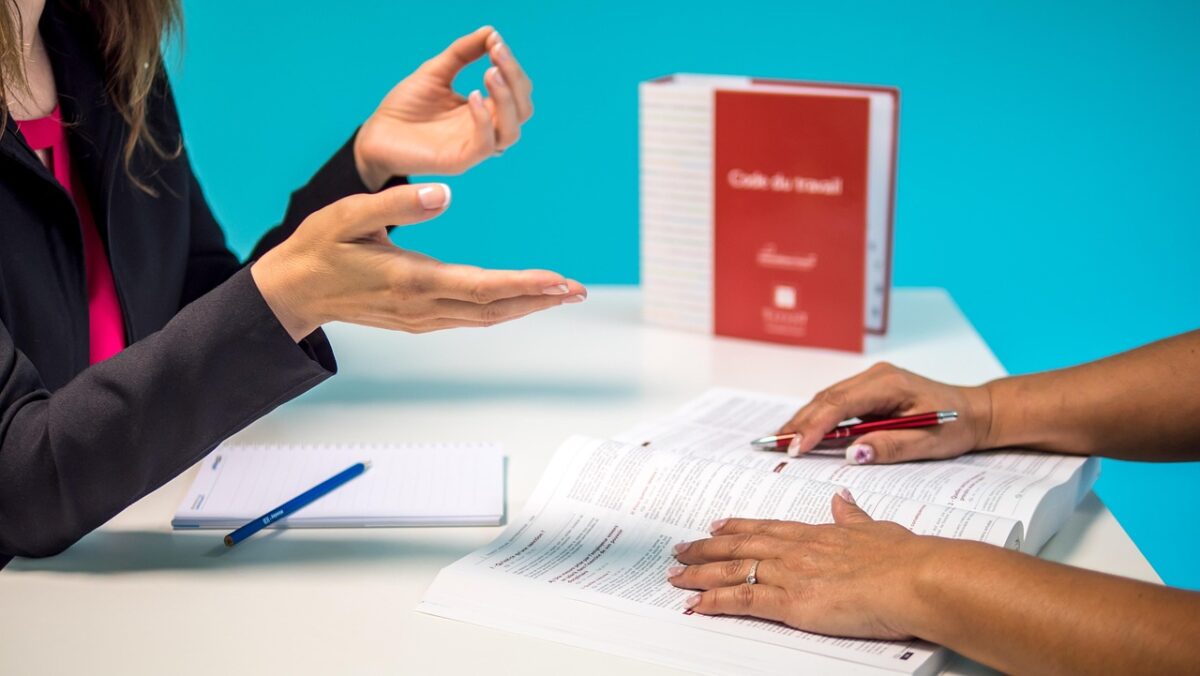Exploring the Best Calligraphy Art and the Greatest Calligraphy Artists

Calligraphy is more than just beautiful handwriting—it is a deeply expressive art form that has been celebrated across cultures for centuries. The best calligraphy art reflects skill, discipline, and creativity, transforming simple letters into visually stunning masterpieces.
Throughout history, many talented individuals have shaped this art form, and today, we explore the best calligraphy artist in the world by analyzing their contributions and impact. From ancient scripts to modern calligraphic expressions, this guide will take you on a journey through the fascinating world of calligraphy.
The Essence of Calligraphy
Calligraphy is the artistic practice of forming beautiful, expressive letters using specialized tools and techniques. It is often associated with cultural and religious traditions, as seen in Islamic, Chinese, Western, and Japanese calligraphy.
Why is Calligraphy Important?
- Cultural Heritage: Many civilizations use calligraphy to preserve their language, literature, and religious texts.
- Aesthetic Beauty: The best calligraphy art is admired for its balance, elegance, and intricate details.
- Therapeutic Value: Practicing calligraphy is known to improve concentration and reduce stress.
- Modern Applications: From graphic design to wedding invitations, calligraphy continues to thrive in contemporary settings.
Types of Calligraphy Across Cultures
Calligraphy has evolved into distinct styles, each with its own charm and historical significance.
1. Arabic Calligraphy
Arabic calligraphy is one of the most revered forms of calligraphic art, used extensively in Islamic architecture, Quranic manuscripts, and decorative arts.
Famous Arabic Calligraphy Styles
- Kufic Script: The earliest form, characterized by angular letters.
- Naskh Script: A readable, elegant style used in printed Arabic texts.
- Diwani Script: A decorative, curvy script favored by Ottoman rulers.
- Thuluth Script: Known for its large, fluid letters, often seen in mosques.
2. Chinese Calligraphy
Chinese calligraphy, dating back thousands of years, is considered a refined art requiring discipline and mastery.
Popular Chinese Calligraphy Styles
- Seal Script: The oldest and most formal style.
- Clerical Script: Used in government documents and inscriptions.
- Regular Script: The standard, modern Chinese script.
- Running Script: A semi-cursive style balancing structure and fluidity.
- Grass Script: A highly expressive, cursive style emphasizing artistic freedom.
3. Western Calligraphy
Western calligraphy is rooted in Latin script, evolving from medieval manuscripts to modern decorative writing.
Notable Western Calligraphy Styles
- Gothic Script: Angular, medieval script used in religious texts.
- Italic Script: A fluid style developed during the Renaissance.
- Copperplate Script: A delicate, cursive script used for formal invitations.
- Modern Calligraphy: A freeform approach blending traditional and contemporary elements.
4. Japanese Calligraphy (Shodo)
Japanese calligraphy, known as “Shodo,” is deeply connected to Zen philosophy and artistic expression.
Key Japanese Calligraphy Styles
- Kaisho: A precise, block-style script.
- Gyosho: A semi-cursive style for artistic freedom.
- Sosho: A dynamic, cursive style emphasizing spontaneity.
Best Calligraphy Art: Masterpieces from Around the World
The best calligraphy art is found in historical manuscripts, architectural inscriptions, and modern exhibitions.
1. The Blue Quran (9th–10th Century, North Africa)
A stunning example of Kufic calligraphy written in gold on blue parchment.
2. The Diamond Sutra (868 AD, China)
The world’s earliest known printed book, featuring breathtaking calligraphy.
3. Medieval Illuminated Manuscripts (Europe, 12th–15th Century)
Exquisitely detailed Gothic script with decorative gold embellishments.
4. The Calligraphy of the Alhambra (Spain, 14th Century)
Intricate Arabic calligraphy adorning one of the most famous Islamic palaces.
5. Japanese Zen Calligraphy (Shodo)
Minimalist yet profound, often created in a single brushstroke.
6. Contemporary Calligraphy Artworks
Modern artists blend traditional calligraphy with abstract art and digital mediums.
Who is the Best Calligraphy Artist in the World?
The best calligraphy artist in the world is subjective, as each calligrapher brings a unique touch to their craft. However, several artists are widely recognized for their mastery.
1. Ibn Muqla (886–940 AD) – Pioneer of Arabic Calligraphy
Developed proportional scripts that influenced modern Arabic calligraphy.
2. Wang Xizhi (303–361 AD) – Master of Chinese Calligraphy
His works in Running Script remain a benchmark in Chinese calligraphy.
3. Edward Johnston (1872–1944) – Father of Western Calligraphy
Created modern italic and foundational scripts.
4. Hassan Massoudy – Contemporary Arabic Calligraphy Innovator
Combines traditional Arabic script with modern abstract elements.
5. Seb Lester – Modern Calligraphy and Typography Genius
Famous for his exquisite penmanship and viral calligraphy videos.
6. Rudolf Koch (1876–1934) – Gothic Calligraphy Revivalist
Developed highly influential Gothic and Fraktur scripts.
Learning Calligraphy: A Step-by-Step Guide
1. Choosing the Right Tools
- Pens & Brushes: Dip pens, brush pens, and fountain pens.
- Ink: India ink or sumi ink for smooth flow.
- Paper: High-quality, smooth paper to prevent ink bleeding.
2. Practicing Basic Strokes
- Master thick and thin strokes.
- Learn letter spacing and alignment.
3. Studying Different Scripts
- Start with foundational scripts before advancing to complex styles.
4. Joining Calligraphy Workshops
- Learn from experienced calligraphers through online or in-person courses.
FAQs About Calligraphy
1. What is the most beautiful calligraphy style?
Thuluth, Copperplate, and Running Script are among the most admired styles.
2. Who is considered the best calligraphy artist in the world?
Ibn Muqla, Wang Xizhi, and Seb Lester are widely recognized as masters.
3. Can anyone learn calligraphy?
Yes, with patience and practice, anyone can develop calligraphy skills.
4. What are the best tools for calligraphy?
High-quality dip pens, brush pens, ink, and smooth paper are essential.
5. How long does it take to master calligraphy?
It depends on dedication, but beginners can see improvement in a few weeks.
6. What is modern calligraphy?
A contemporary style that blends traditional and innovative elements.
7. Can calligraphy be a career?
Yes, many artists earn through commissions, workshops, and selling artwork.
8. What is the difference between calligraphy and typography?
Calligraphy is hand-drawn, while typography involves digital font design.
9. What is the oldest form of calligraphy?
Chinese Seal Script and early Kufic Arabic calligraphy are among the oldest.
10. Why is calligraphy important in Islamic culture?
It is used to preserve religious texts and adorn mosques with sacred inscriptions.
Conclusion
Calligraphy remains a treasured art form that blends history, culture, and aesthetics. From the best calligraphy art found in historical manuscripts to the contributions of the best calligraphy artist in the world, this art form continues to inspire. Whether you are a beginner or an admirer, calligraphy offers endless opportunities for appreciation and creativity.











